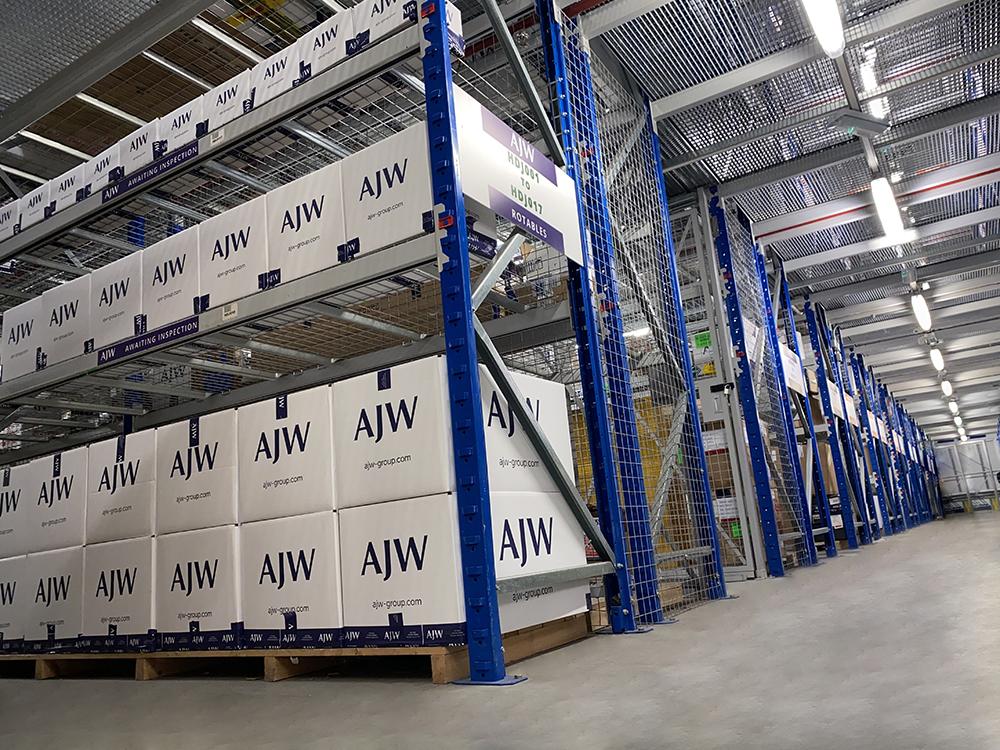
Poor predictive capacity at MRO providers could be impacting the efficient forecasting of parts demand, especially in a weak supply chain environment, according to industry sources.
Daniel Adamski, executive vice president for distribution at Kellstrom Aerospace, agrees that some airlines and MROs have antiquated forecasting capabilities, and despite supply challenges, many airlines and MROs fail to plan for material and assume that stock will be available when needed. “The hard truth for many operators is that they need to plan further ahead for key materials than they used to, which entails making a financial commitment to provision inventory,” he says.
Even though some airlines may be reluctant to share MRO forecasts with third parties, Adamski feels that having a shop induction schedule is extremely helpful with forecasting material demand. Kellstrom identified the need for the latest generation of predictive analytics capabilities within its technology roadmap, and Adamski says it has invested in it to stay ahead of market trends and identify both opportunities and threats early so it can develop applicable business strategies in an appropriate timeframe.
In a weak supply chain environment, lack of planning and provision by MROs compounded by supply chain distress is preventing adequate manufacturing of failing piece parts, and poses significant challenges, stresses Noelia Hernandez, strategic asset manager at AJW Group.
To address this, Hernandez says collaboration and diversification is key. “Open communication between stakeholders can help gather insights into demand patterns and potential disruptions,” she says. Hernandez believes exploring alternative procurement channels, such as parts manufacturer approvals, offers a solution to alleviate demand pressure.
“By embracing these strategies and fostering a culture of adaptability and continuous improvement, organizations can enhance their ability to forecast and cope with demand accurately in a struggling supply chain landscape,” says Hernandez.
Innovation-based approaches to solving bottlenecks or improving supply issues, especially between OEMs and distributors, are broadly regarded as the logical step forward.
“The industry is driving enhanced collaboration amongst stakeholders and sharing data, but this is a long way off yet,” says Hernandez.
Advancements in technologies such as additive manufacturing have promise for future alleviation of the supply issues, however, Hernandez has doubts that these will have any real effect for the foreseeable future.
“The future of the aviation industry and MRO services hinges on balancing innovation and a skilled, trained and committed workforce that is developed to evolve with the changing operations of the industry,” says Hernandez.
Meanwhile, Kellstrom is leveraging the predictive analytics capabilities of its enterprise resource planning system to stay ahead of the ever-changing lead times it is experiencing for materials. Adamski says this is being done through effective safety stock planning and other buffering strategies, long-range order stream purchasing to assist OEM partners in operational planning and setting reorder points based on demonstrated lead time in lieu of standard price list lead times.
“There is no magic solution to overcome all supply disruptions,” says Adamski, but he notes that combining technology and forecasts “has made a dramatic difference in maintaining a world class fill rate from stock on customer orders.”





